How it is possible to find Mumbai in the interiors of Sri Lanka and why this trend cannot be stopped

Nawazuddin Siddiqui and Chitrangada Singh
There were several highs and lows in 2014 vis-à-vis the Hindi film industry, but the one thing that is encouraging is the rise of small-budgeted films. Not only that. Even the fact that they are released alongside big budget films was an appealing highlight of the elapsed year. However, the remedy of one problem has also brought to light another obstacle. Turns out filmmakers — big ticket or small — are finding it increasingly difficult to shoot in certain parts of the country.

(L-R): Nawazuddin Siddiqui, Chitrangada Singh and Tahir Raj Bhasin
ADVERTISEMENT
In the news for his misadventure with the Federation of Cine Technicians and Workers of Eastern India, director Kushan Nandy recently claimed in a tweet that he was a victim of extortion, blackmail and his unit was held hostage for 72 hours. That might sound like a situation that mirrors the murkiness of AfPak but we are talking about West Bengal here. In Bolpur, a municipality in Birbhum district, to shoot his latest film, Nandy faced a number of problems that one would generally not associate with filmmaking. His film features Nawazuddin Siddiqui, Chitrangada Singh and Tahir Raj Bhasin in leading roles and is chugging on towards completion.
Nandy revealed that the screenplay of his film could be best picturised against the landscape of West Bengal, and after shooting for more than a month in parts of the state, the director was unable to shoot further in some interiors because of the “terrible” experience with the aforementioned federation. “While shooting in Bengal, according to rule, we have to hire 30 per cent of manpower from the local area. But the set number keeps increasing. It doubles and triples proving that there is no parity in what they say and do.
Once 60 people become 180, the budgets begin to go haywire and because you have planned to do other things with that budget — instead of paying those who weren’t even present for the shoot — those feigning non-payment start hounding you,” rues the Mumbai-based director.
When we contacted Aparna Ghatak of the Federation of Cine Technicians and Workers of Eastern India, for her side of the story, she said that the matter had been resolved. According to her, the shooting would resume shortly once the payments are received. “However, what angered the workers was that they have been portrayed in a bad light, even after the team from Mumbai was aware that the hooliganism was not caused by workers registered with the federation,” clarifies the general secretary. Ironically, this federation has gathered flak from quite a few filmmakers based in the region.
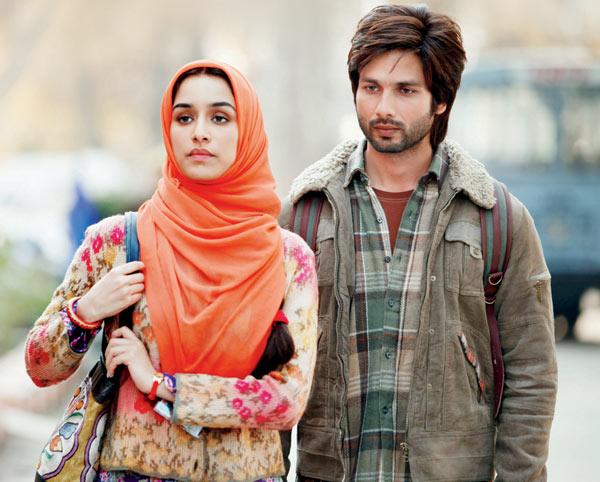
A film from Haider
Kashmir 
Bollywood’s romance with Kashmir has been elaborated over more than 20 blockbusters, but recently to document the harsh realities other than the beauty of the state, the few filmmakers who have ventured out there with a small crew and big plans have faced the suspicion of political groups. Take for example, Aamir Bashir’s experience, on shooting the film Harud. In an earlier interview he had said, “Kashmir being a politically volatile place, one had to face the mistrust that local people have for anyone coming from outside with a camera. So, there was a lot of negotiating involved on a day to day basis. With just 18 people in the crew, everyone had to multi-task. A lot of the scenes are outdoors on the streets of Srinagar and crowd-control was a big headache.” While that was the experience of a filmmaker operating on a low budget, not so long ago the crew of Haider was forced to retreat after students of the Kashmir University violently opposed the shooting of a sequence that was based on a fedayeen attack.
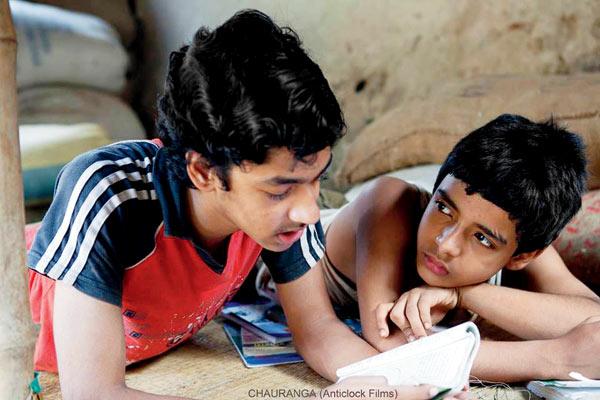
West Bengal 
Intriguingly enough, the matter does not come as a shock to Onir. The filmmaker whose films include My Brother... Nikhil (2005), Sorry Bhai! (2008) and I Am (2010), is no stranger to the situation faced by Nandy. According to Onir, while producing Chauranga (2014), he too had a run-in with the federation at Bolpur, the same location where Kushan’s local crew played truant. After shooting 70 per cent of the film in West Bengal, both Onir and co-producer Sanjay Suri had to hunt for a new location in the neighbouring state of Odisha. Onir adds, “The problem faced by Kushan or me is because the federation is not able to differentiate between a big-budget and small-budget film. In order to continue shooting for Chauranga we had to shift to Odisha where we did not face any problem.” The shoot was resumed at Keonjhar, a small town in the northern part of the state.
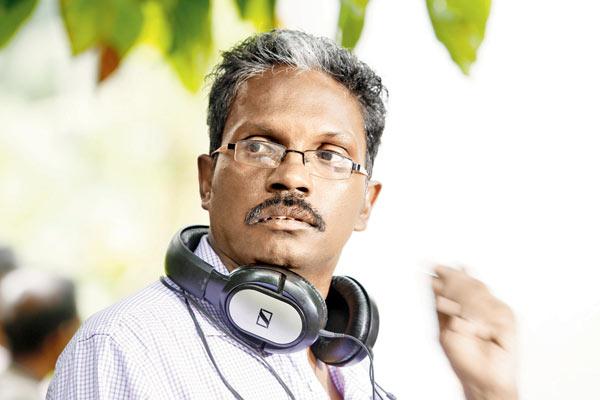
Kerala 
“Great content can float a great film on a low budget, but just because we have the technical means to reduce costs doesn’t mean that all visual offerings are up to the mark.” Down South, filmmaker Bijukumar Damodaran, better known as Dr Biju, has several anecdotes to share on his clash with political realities. His doses of moving images might have insured that Indian cinema is far from ailing whether it was his film Perariyathavar or Veettilekkulla Vazhi but behind the scene, as can be noted, there are problems that continue to persist. According to this doctor-turned-filmmaker, the issue that compelled Nandy to cancel his shoot was a common problem until a few years back in Kerala. For better, the rules have been relaxed after a few directors, including Dr Biju himself, approached the Film Employees Federation of Kerala. “Numerous arthouse films come from our state. And to shoot these kind of films, the federation is more cooperative. This change has taken place over the past four to five years. As for the big budget productions, the rules remain the same,” the National Award-winning director asserts.
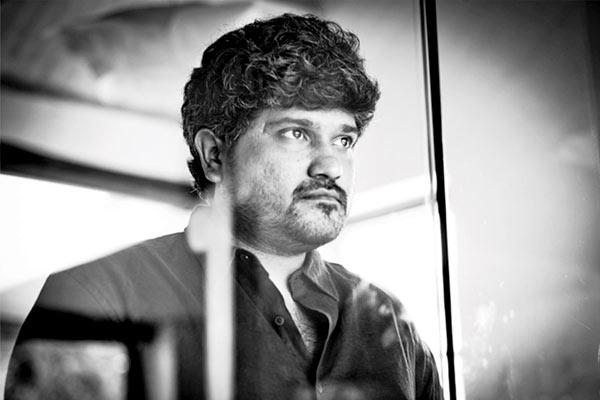
Vasan Bala
Uttar Pradesh and Bihar 
The size of a film matters. Many a time, the budget makes all the difference — from a director's point of view — before it hits the marquee. Vasan Bala’s Peddlers (2012) collected a major part of its budget through crowdsourcing. It gave us deeper insight into how miniscule budget can be a boon as well as a curse for an indie filmmakers. “No matter what permission one procures there are always those extra payments that become difficult to pay for new filmmakers. Try shooting in UP and Bihar. It is a different ballgame all together; if you do not bring on board a producer who has some clout in that area then your shoot is bound to get disrupted sooner or later.” Would the big budget films reach a standstill in a similar situation? To elaborate further, Bala throws a word of caution for young filmmakers who might wish to venture out shooting our country’s backyard. “In hindsight, shooting without anyone knowing is the biggest thrill of any indie filmmaker, although it might curb the director’s vision. There might be filmmakers who might want a more nuanced approach to a scene; however, opting for a minimal crew can make the experience more thrilling.”
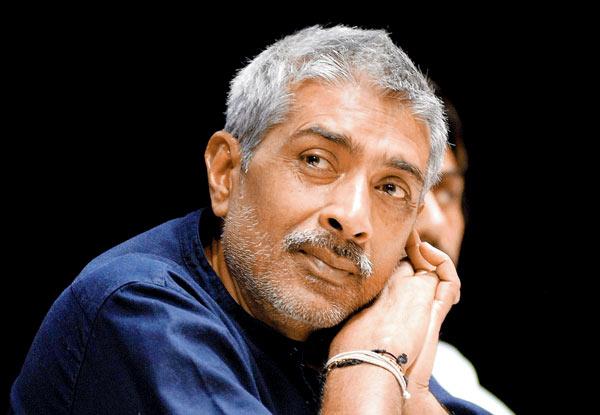
Prakash Jha
Madhya Pradesh 
Prakash Jha has a special corner for the State of Madhya Pradesh and its people, so much so that he has already crossed a hat-trick and shot four films in the region. Popularly dubbed as a filmmaker who manages to etch a story that mirrors the harsh political realities of our nation, Jha has sucessfully built a niche for himself. Neither a commercial filmmaker nor one who woos the outsiders, Jha manages to give a balanced mix of reality and romanticism that he finds hidden against the backdrop of Madhya Pradesh. Rajneeti, Aarakshan, Chakravyuh and Satyagraha are some of the films shot extensively in the state. However, the idea of shooting in Madhya Pradesh came to him after he had some bad experiences shooting in other parts of India. It has been reported that he is proud that Madhya Pradesh is getting considerable visibility through his films. Interestingly, from the Prakash Jha Banner another film starring Arshad Warsi, playing a conman with 13 wives, is being shot in the city of Bhopal. The film that is being directed by Saurabh Shukla will bring the audience, yet again, to the central heartland of India.

Rensil D’Silva
Mumbai 
Mumbai is home to the best studios but what happens when our new age filmmakers, as Vasan Bala rightly pointed out, “want their visuals to be as close as possible to reality?” Well, they opt out of the studios and shortlist locations that would complement their screenplays. Filmmaker and screenplay writer who directed and scripted the film Ungli, Rensil D’Silva says, “Mumbai is a difficult city to shoot in. Right from permissions to managing crowds who invade your frame. It has also become hugely expensive whether it is an advertisement or a feature.” His point is in sync with what Rajkumar Gupta had stated on his experience working on Aamir back in 2008: “I’ve done two films in Mumbai so far and in terms of logistics, it’s getting costlier day by day. There is no one particular office to take all the possible permissions from. I don’t wish to blame anyone in general, but given the scale our industry is at present, ideally speaking, it should be far more convenient for the filmmakers.” We must not forget that the authorities have become more vigilant after the 26/11 terror attacks, but “with the internet there has been a rise in visual exchange of ideas that cannot be ignored,” concludes Bala.

Ram Gopal Varma
Andhra Pradesh 
The situation in Andhra Pradesh and Telangana isn’t a unique one, especially, after the recent incident faced by the crew from Mumbai in West Bengal. Only last year, in the month of December, over a thousand cine workers called a strike after their demands were not met by the AP Film Chamber of Commerce. As mentioned above, the situation was similar to the problem faced by Nandy, only here the situation has been resolved. The workers were demanding a raise in wages, a change that the AP Chamber of Commerce was willing to oblige to, but with a few clauses. Two of these clauses throw light on the major issues that our new breed of filmmakers has been eyeing in the face of budget constraints: To be given the liberty to choose workers even if they aren’t from the federation and not to pay the same wages that the big budget film producers pay. Probably, that explains maverick filmmaker Ram Gopal Varma’s tweet: “Federation workers shud open their eyes 2 the misleadings of their federation leaders nd start a new federation suited to today’s times.”
Indian states that were beautifully depicted
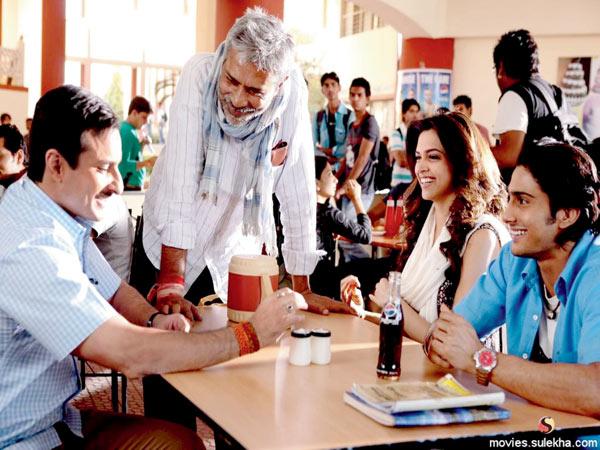
A still from Aarakshan
Madhya Pradesh: The central heart of India is a paradise for filmmakers. Director Prakash Jha who has shot four films in the state says that the authorities and federation give able support to filmmakers who come to shoot in the state.

Alia Bhatt, Imtiaz Ali and Randeep Hooda on the sets of Highway
Himachal Pradesh: If you have been bowled over by the scenic vistas shown in Imtiaz Ali’s Highway, a part of the credit also goes to Himachal Pradesh government that has eased out procedures to shoot in the state. They have adopted a single window clearance system that has made it easier for film crews.
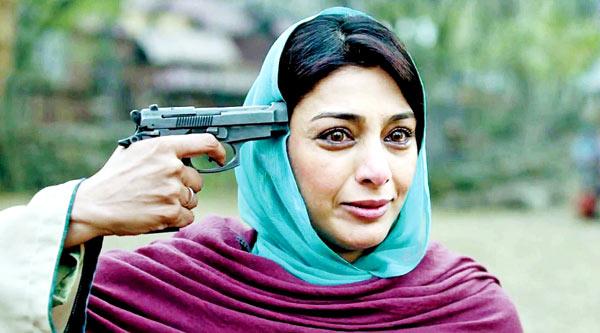
A still from the film, Haider
Jammu and Kashmir: The state has been the location for films such as Haider, Yeh Jawaani Hai Deewani, Rockstar and Jab Tak Hain Jaan. While filmmakers have faced many issues in the region, it is still hard to ignore. Most probably, it is the manner in which the state can be depicted: some resurrect its beauty and others dissect its so-called polity.

A still from Assam
Assam: In the eastern region, particularly Assam, our Bollywood filmmakers have avoided what can very well be the initial steps towards introducing the country to a region they are still in the dark about.
 Subscribe today by clicking the link and stay updated with the latest news!" Click here!
Subscribe today by clicking the link and stay updated with the latest news!" Click here!







